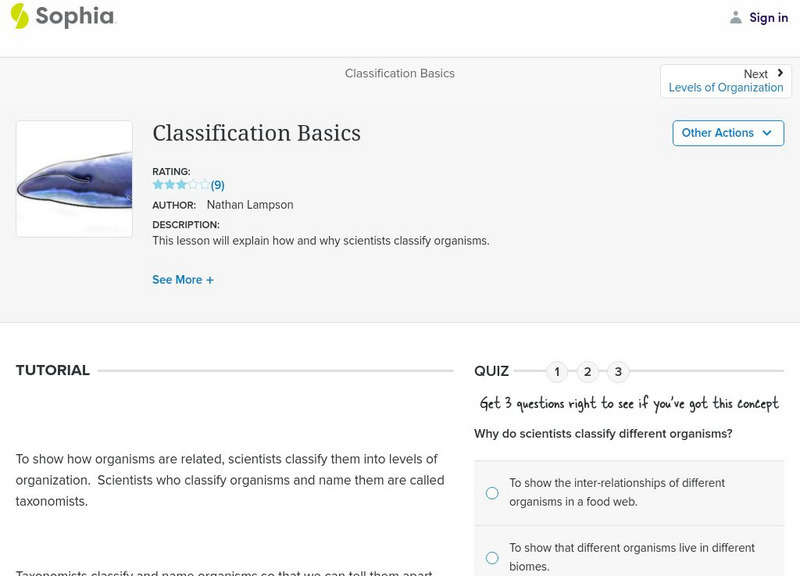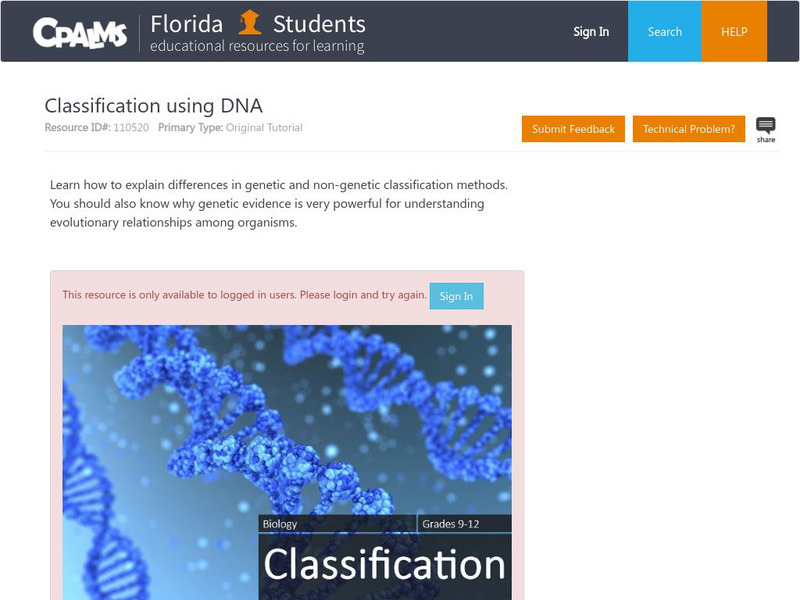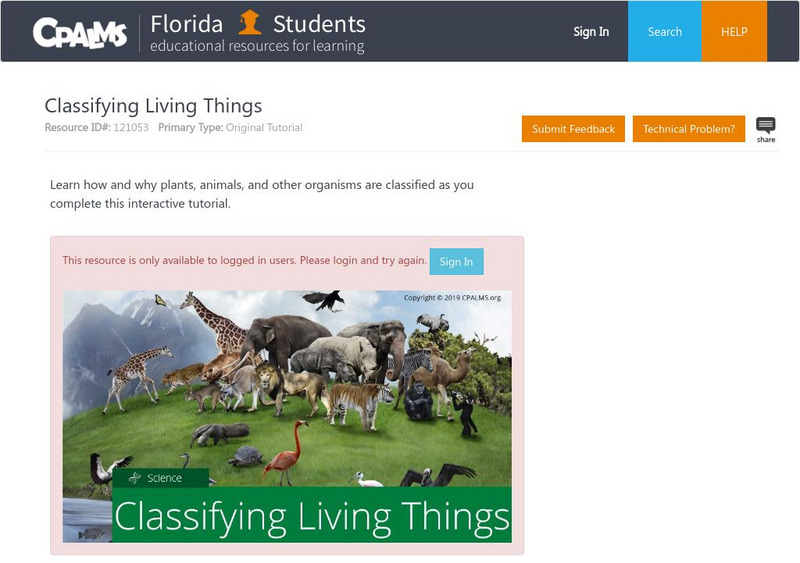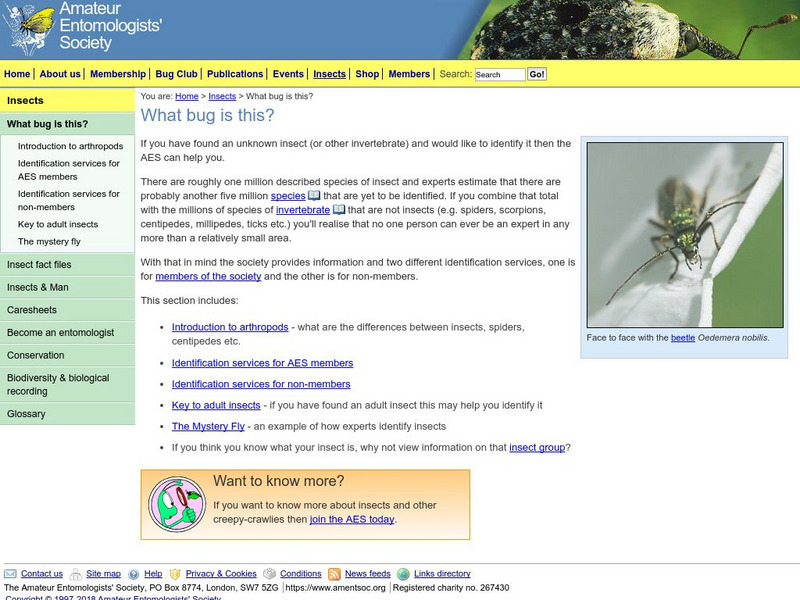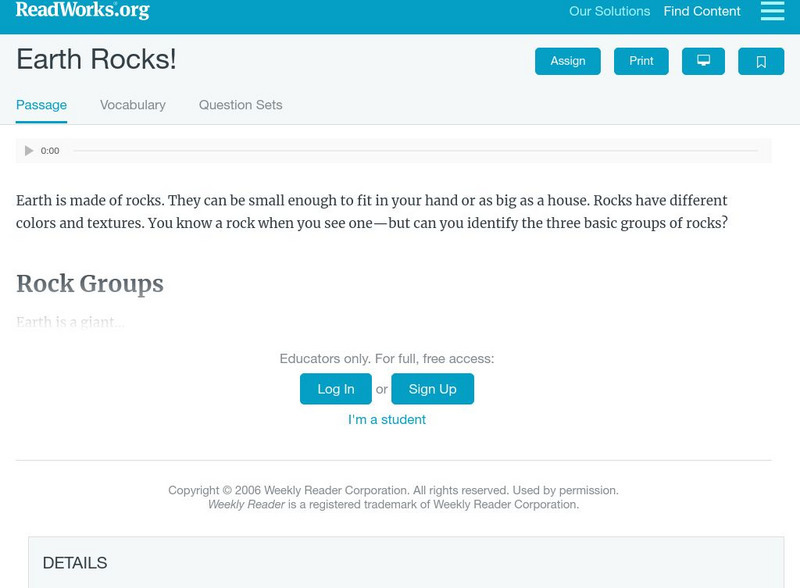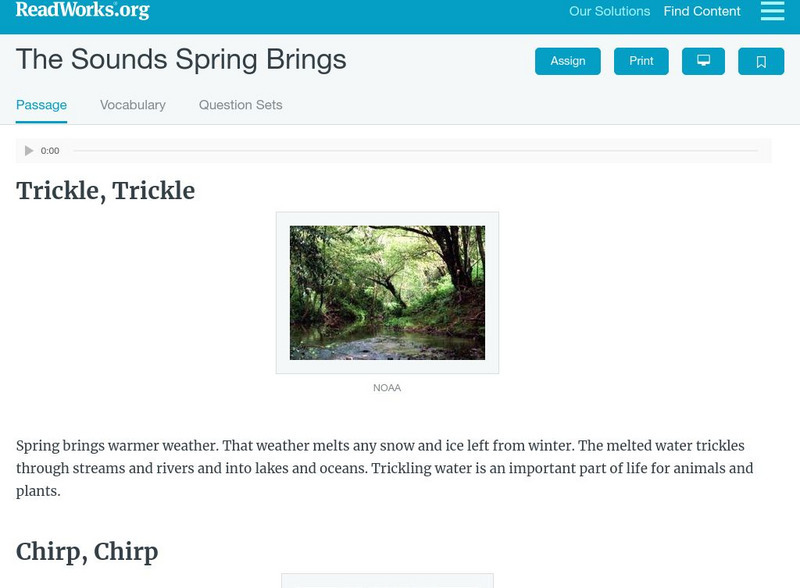PBS
Pbs Mathline: Button, Button Lesson Plan [Pdf]
An integrated math and language arts lesson focusing on statistics. Students explore the concepts of estimation, data collection, data analysis, classification, graphing, and counting through the reading of the Button Box by Margarette...
Polk Brothers Foundation Center for Urban Education at DePaul University
De Paul University: Center for Urban Education: Classify and Summarize Information [Pdf]
This learning module contains a link to graphic organizers that will help students categorize content and comprehend short and extended texts. The graphic organizers are designed to be applied to reading nonfiction passages in science...
Polk Brothers Foundation Center for Urban Education at DePaul University
De Paul University: Center for Urban Education: I Can Locate and Classify Information [Pdf]
A blank T-Chart is provided for students to use as they sort facts into two categories. Students will classify science information with this aid.
PBS
Nova Teachers: Treasures of the Great Barrier Reef: Classroom Activity
This activity involves having students classify nine fish according to various physical characteristics. They can also develop a key to identify the fish.
Other
Introductory Anatomy: Bones
In addition to providing information on the function of bones in our body, this website includes tips for classifying and identifying specific bones of the skeletal system.
Other
Cc: A Classification System for Mosquito Life Cycles
An in-depth discussion on the classification systems of mosquitos: discusses the classification of Bates and Pratt and proposes a new classification system.
Other
Audiblox: Foundational Reading Skills
What types of reading skills do students need to be successful? This informative site focuses on students with learning disabilities. Explore!
Other
Stat Soft: Statistics Glossary
Dozens of statistical terms are defined and illustrated in this glossary.
McGraw Hill
Glencoe Biology: Domains and Kingdoms: Self Check Quiz
This multiple-choice quiz on domains and kingdoms of living things allows students to get hints for each question and check their answers after submitting.
Polk Brothers Foundation Center for Urban Education at DePaul University
Depaul University: Center for Urban Education: Classify Facts and Opinions [Pdf]
Students will find three lessons about facts and opinions in this learning module. The following topics are linked in the module: contrast and evaluate fact and opinion; classify facts and opinions; and locate and classify facts.
Scholastic
Scholastic: Study Jams! Science: Plants: The Kingdoms of Life
A video, a karaoke song to sing along to, and a 7-question multiple-choice quiz on the topic of Kingdoms in the life classification system.
Smithsonian Institution
Smithsonian National Zoo: Classification Systems
A great overview of the science of classification. Topics addressed include summaries of the five kingdoms, the seven taxa, the definition of a species and the classification of the panda.
Biology 4 kids
Biology4 Kids: Labels and Naming
A short description of the naming system scientists use for all species, binomial nomenclature.
Biology 4 kids
Biology4 Kids: The Top Four Kingdoms
Read about the four most familiar kingdoms: fungi, plant, animal, and protist.
Sophia Learning
Sophia: Classification Basics
This lesson will explain how and why scientists classify organisms.
CPALMS
Florida State University Cpalms: Florida Students: Diagramming Diversity I
Identify how living organisms are classified according to their evolutionary history. Recognize how a hierarchical classification scheme can be used to classify living organisms based on physical characteristics.
CPALMS
Florida State University Cpalms: Florida Students: Diagramming Diversity Ii
Expand understanding of classification with this tutorial designed to help you learn how living organisms are classified according to their evolutionary history.
CPALMS
Florida State University Cpalms: Florida Students: Classification Using Dna
Identify the differences in genetic and non-genetic classification methods. Why is genetic evidence powerful for understanding evolutionary relationships among organisms? Find out!
CPALMS
Florida State University Cpalms: Florida Students: Classifying Living Things
Learn how all living things are classified.
Other
Aes: Bug Identification
This interactive resource can be used to identify the order of an insect.
Read Works
Read Works: Earth Rocks
[Free Registration/Login Required] Students read about three different types of rocks: sedimentary, igneous, and metamorphic. A question sheet is available to help students build skills in classifying and categorizing.
Read Works
Read Works: The Sounds Spring Brings
[Free Registration/Login Required] This passage is a stand-alone curricular piece that reinforces essential reading skills and strategies and establishes Students read spring and its sounds and sensory imagery. A question sheet is...
Read Works
Read Works: Fit for Life
[Free Registration/Login Required] This passage includes the information about how to stay healthy for life. This passage is intended as a guided passage to instruct students how to classify and categorize information.
Read Works
Read Works: Animals Get Ready
[Free Registration/Login Required] Students read about how different types of animals prepare for winter. A question sheet is available to help students build skills in classifying and categorizing.


![Pbs Mathline: Button, Button Lesson Plan [Pdf] Lesson Plan Pbs Mathline: Button, Button Lesson Plan [Pdf] Lesson Plan](https://d15y2dacu3jp90.cloudfront.net/images/attachment_defaults/resource/large/FPO-knovation.png)
![De Paul University: Center for Urban Education: Classify and Summarize Information [Pdf] Unit Plan De Paul University: Center for Urban Education: Classify and Summarize Information [Pdf] Unit Plan](https://content.lessonplanet.com/knovation/original/78057-7ba90e0b8b82fde8e26d306a4af31f79.jpg?1661787062)
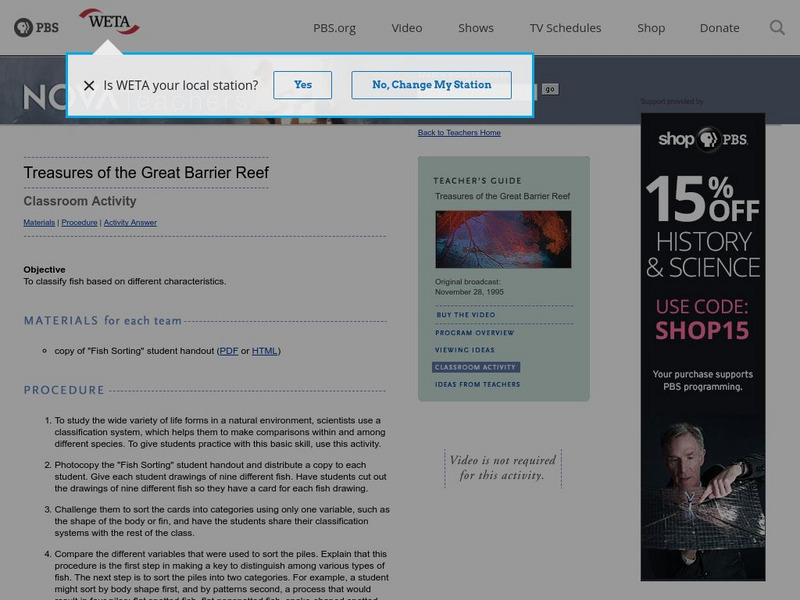
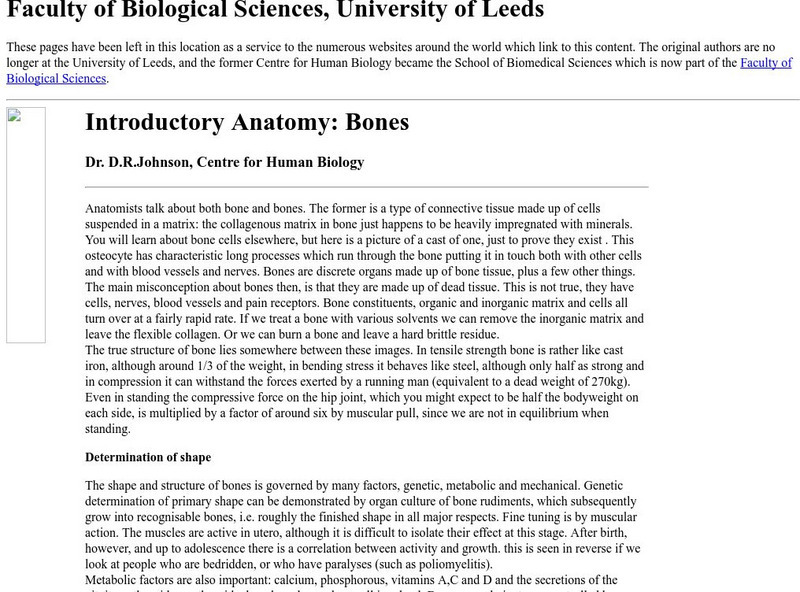


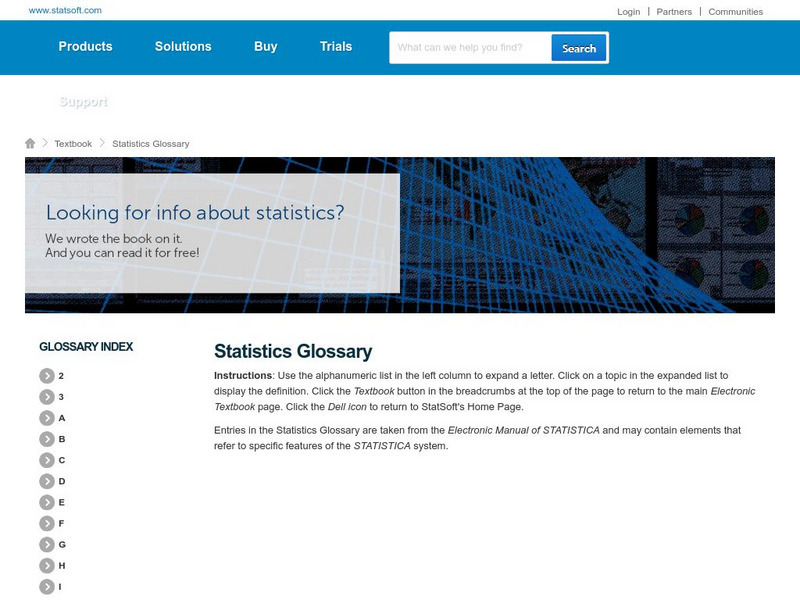
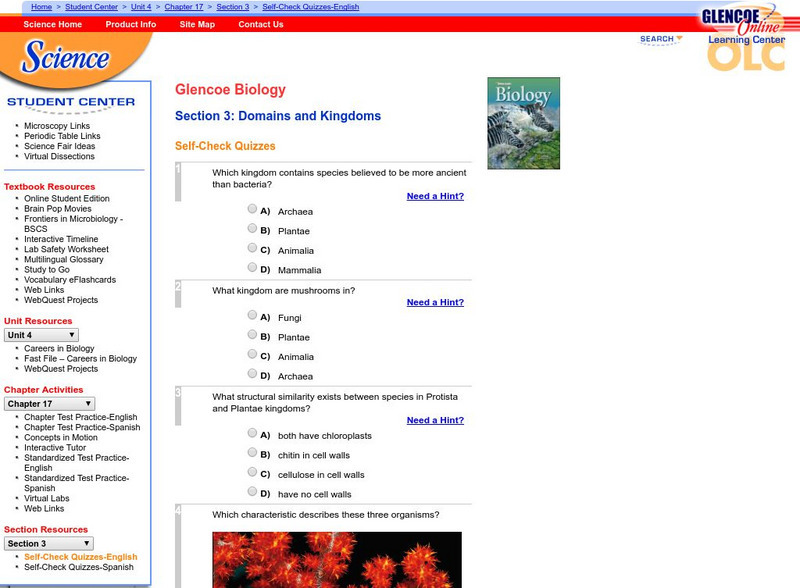
![Depaul University: Center for Urban Education: Classify Facts and Opinions [Pdf] Unit Plan Depaul University: Center for Urban Education: Classify Facts and Opinions [Pdf] Unit Plan](https://content.lessonplanet.com/knovation/original/119988-719af6c927af61affa025c27754c7fae.jpg?1661787067)



